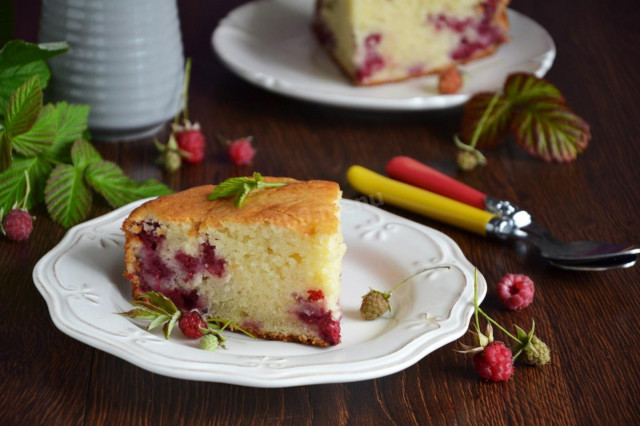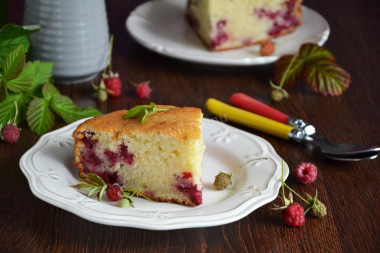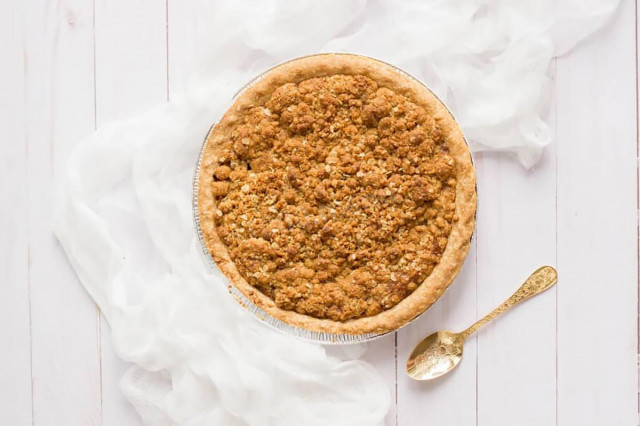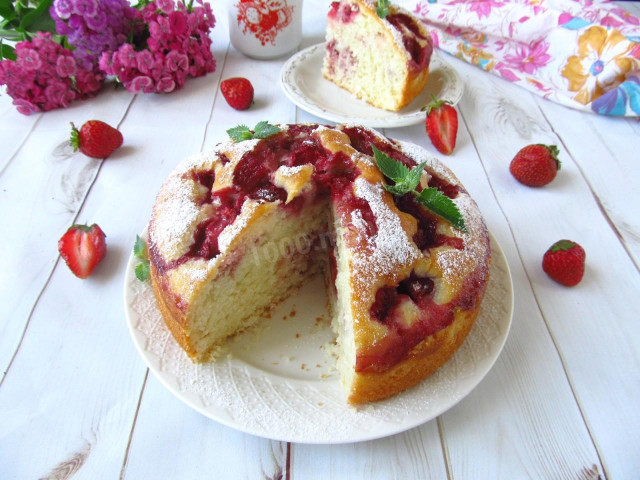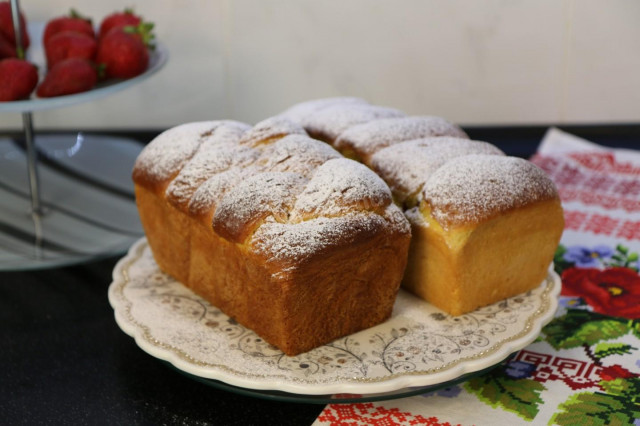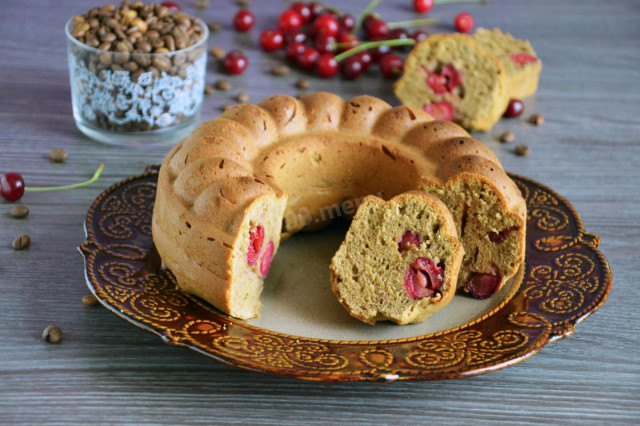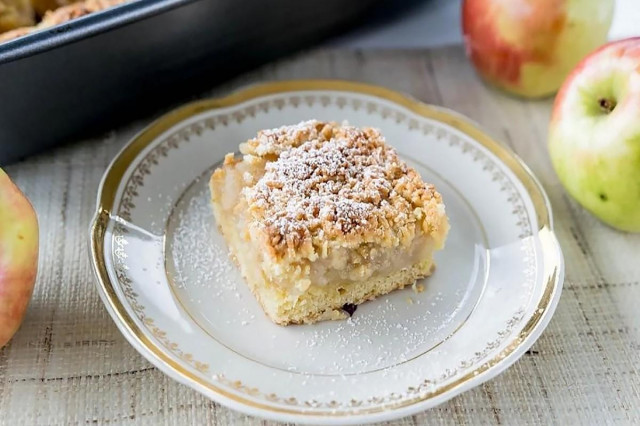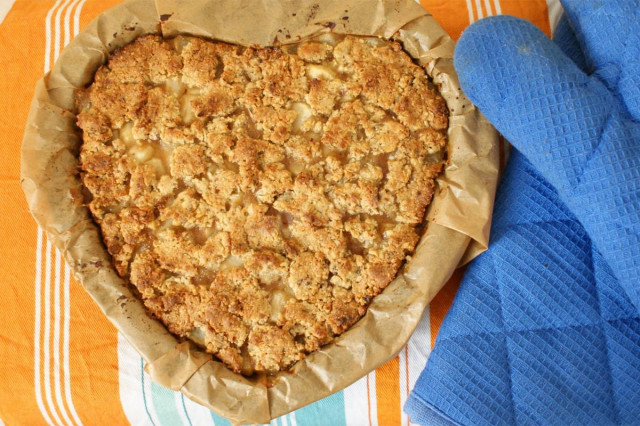Composition / ingredients
Step-by-step cooking
Step 1:
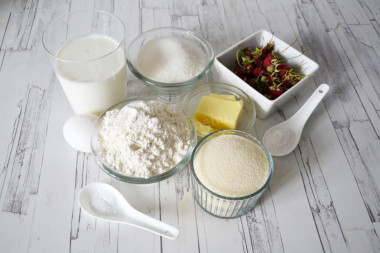
Prepare the ingredients. To cook mannikin with raspberries on kefir, we will need: flour, semolina, kefir, egg, butter, sugar, baking powder, soda and raspberries.
Step 2:
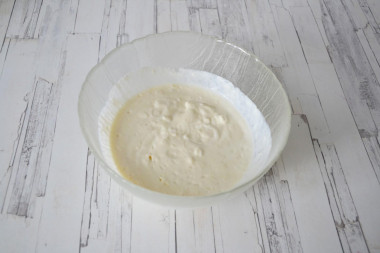
Pour kefir over semolina. Stir and leave to swell for 25-30 minutes. This is a very important point. The cereal should swell well, then the mannikin will turn out to be porous, soft and homogeneous. Otherwise, semolina grains will be felt in the finished cake. And one more important point: the dough needs to be mixed well so that the kefir is evenly distributed throughout the cereal. You can mix the dough 1-2 more times while waiting.
Step 3:
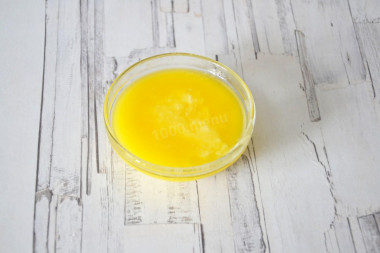
Melt and cool the butter.
Step 4:
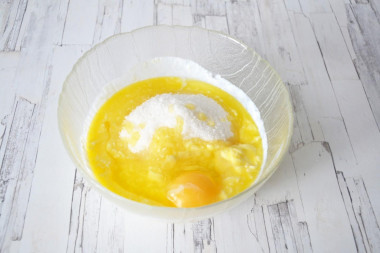
Add sugar, egg and melted butter to the swollen semolina. Mix thoroughly until smooth.
Step 5:
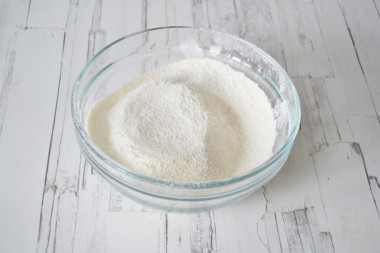
Sift flour with baking soda and baking powder.
Step 6:
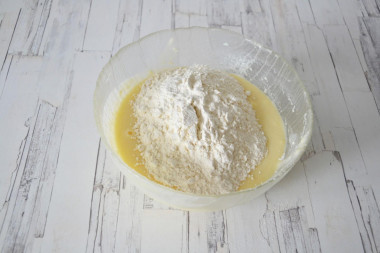
Add the flour mixture to the dough. Mix everything until smooth.
Step 7:
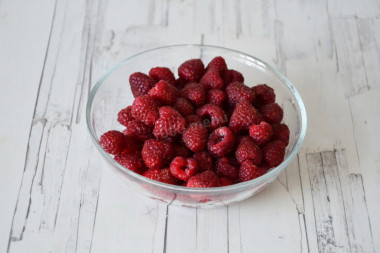
Sort the raspberries, wash, dry and remove the tails. For mannik, however, as for any baking, it is better to take whole dense berries so that they do not crush during mixing.
Step 8:
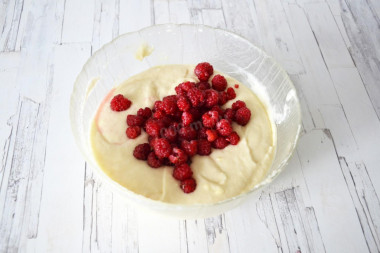
Add raspberries to the dough. Mix very gently, trying not to overwhelm the berries.
Step 9:
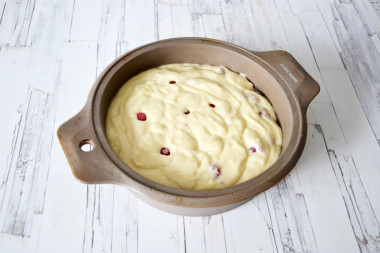
Put the raspberries in a greased baking dish. Bake the mannikin in a preheated 180 ° C oven for about 40 minutes.
Step 10:
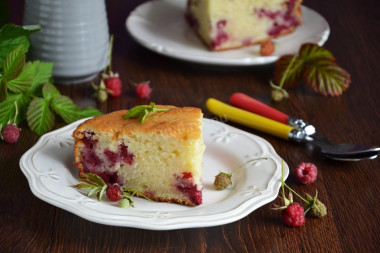
Mannik can be served warm or completely chilled. Bon appetit!
Mannikins got their names from the main ingredient that is involved in cooking - semolina. The cereal itself is obtained from wheat. During the grinding of wheat into flour, a larger grain is additionally formed, which is called semolina.
In Russia, mannikins appeared around the 12th-13th centuries, it was then that semolina became publicly available. According to another version, Slavic housewives learned how to cook mannikin, thanks to a traveler who brought a recipe from the East. In the Arab world, a similar Basbusa pie appeared long before the spread of cereals in Russia. It is noteworthy that for a long period the recipe of mannik was not lost, unlike many culinary traditions of those times.
The indisputable advantage of mannikins is that this pie never burns. It can be stylishly browned, but in order for it to specifically burn or even turn into inedible embers, you need to try very hard.
Caloric content of the products possible in the composition of the dish
- Chicken egg - 157 kcal/100g
- Egg white - 45 kcal/100g
- Egg powder - 542 kcal/100g
- Egg yolk - 352 kcal/100g
- Ostrich egg - 118 kcal/100g
- Raspberry - 42 kcal/100g
- Fresh frozen sweet raspberries - 50 kcal/100g
- Semolina - 340 kcal/100g
- Whole durum wheat flour fortified - 333 kcal/100g
- Whole durum wheat flour, universal - 364 kcal/100g
- Flour krupchatka - 348 kcal/100g
- Flour - 325 kcal/100g
- Granulated sugar - 398 kcal/100g
- Sugar - 398 kcal/100g
- Kefir fat - 62 kcal/100g
- Kefir of 1% fat content - 38 kcal/100g
- Low-fat kefir - 30 kcal/100g
- Kefir "doctor beefy" 1,8% fat content - 45 kcal/100g
- Kefir 2.5% fat content - 53 kcal/100g
- Butter 82% - 734 kcal/100g
- Amateur unsalted butter - 709 kcal/100g
- Unsalted peasant butter - 661 kcal/100g
- Peasant salted butter - 652 kcal/100g
- Melted butter - 869 kcal/100g
- Baking powder - 79 kcal/100g
- Baking soda - 0 kcal/100g

